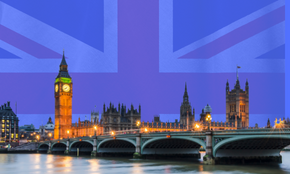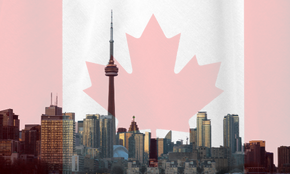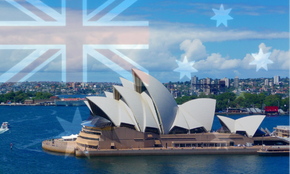Winters In Nordic Countries - How cold can it get?
How cold does it get in Nordic countries?
WINTERS IN NORDIC COUNTRIES! HOW COLD CAN IT GET?
#Introduction About Nordic Countries
Nordic Countries are located within the northern region of Northern Europe and the North Atlantic. The term ‘ Nordic’ comes from the local word ‘ Norden,’ which means northern islands. The locals of
The locals of the Nordic region are called ‘Norbdo,’ which means northern dwellers.
#Culture And Beauty
Nordic countries indeed paint a beautiful picture. Sun-Kissed beaches and spectacular mountain ranges engulf the region. It is home to distinct Flora and fauna.
The Nordic Countries are made up of following Denmark, Norway, Sweden, Finland, and Iceland. The region also consists of Faroe Island, Greenland, and Aland. These countries have a lot in common, including history, political background, religion, and living. These countries are known for being peaceful and socially progressive.
#Weather In Nordic Countries
Summer ( late May to early September ) is usually the travel season in most countries as the weather is always mild and pleasant. The snowy winter offers an exotic experience to travelers. Winters in these countries are mostly cold, which allows the countries to host winter sports.
Spring brings to life everything that the region has to offer. During this, the beauty of the area is at its best. It gives several opportunities for the citizens to step out of their doors and explore places.
#Winters In Nordic Region
It’s not wrong to assume that the regions' winters tend to get extremely cold and little to no Sunlight. However, the temperature varies from one country to another. Here is an overview of how the winters feel like in the Nordic countries.
Denmark
The average temperature in Denmark in the winter months ( January and February) varies between -2 °C (28 °F) and four °C (39 °F). The smaller islands and the western coast experience slightly milder winters. The season usually witnesses heavy rainfall, shorter days, and harsh winds.
Sweden
Sweden is a vast country, and the temperatures differ to a great extent depending upon the area. The weather is about 0 °C (32 °F) in January and February in the far south and around -1.5 °C (29 °F) in Stockholm, while it's around -10 °C (14 °F) in the north-central part and -15 °C (5 °F) in the northern region.
During winters, Sweden is usually covered in snow except for the Southern region.
Finland
The Winter season lasts the longest in Finland. It lasts for about five months. The onset of winter begins in Lapland in mid-October and by November, in the whole of Finland. The average temperature remains slightly below 0°C. The region is also subjected to heavy rainfall, cold winds, and shorter days.
Norway
The climate of Norway is affected by Gulf Stream, so the temperature is comparatively higher than the other parts of the region. It is coldest from mid-November till January. The temperatures, however, vary depending upon different areas. The temperature in the coastal region usually remains steady at 0°C. Inland, the weather can get slightly lower, ranging from 10°C - 20°C. Norway sees an influx of tourists during this season who want to enjoy winter sports.
Iceland
Like Norway, Iceland experiences relatively milder winters. The climate here is affected by warm currents of the North Atlantic Gyre, making it comparatively warmer. The mean temperature in the southern parts remains around 0 °C (32 °F). The weather in the northern part touches -10 °C (14 °F). The lowest temperature in Iceland ranges from -25 to -30 °C, depending upon the area.
Iceland gets a fair share of sunlight even during winter, allowing the locals and the traveler to engage in various sports activities. The popular activities include skiing, Snowbowl, dog sledding, among others.
Contact Grad-Dreams experts for the best international education plans.
If you wish to study abroad, contact Grad-Dreams for the best international career plans.
#What to wear during winters
The winters in the Nordic countries are quite cold, but with the right kind of packing, you can enjoy the chilly winters and maybe engage in fun snow activities. It is advised that one carries woolen clothing instead of any other type. Taking a woolen jacket is a must. It is also useful to keep waterproof and windproof clothes handy as the region also witnesses heavy rainfall and cold winds.
The ground is covered in snow during the winter months and makes the surface quite slippery. One must carry good winter shoes which have a good grip. The boots should be warm and waterproof. Snow spikers, stabilizers are used by many to accessorize the shoes to maintain a better grip
It would help if you carried warm hats, scarves, gloves, and woolen socks to keep yourself warm.
Ask Your Question


Evaluate your profile for Bachelors, Masters & PhD Programs, to Study Abroad.
Take the First Step Towards Your Global FutureCheck the downloadable guides!!

STUDY-IN-USA-Guide

STUDY-IN-UK-Guide

STUDY-IN-CANADA-Guide

























































































